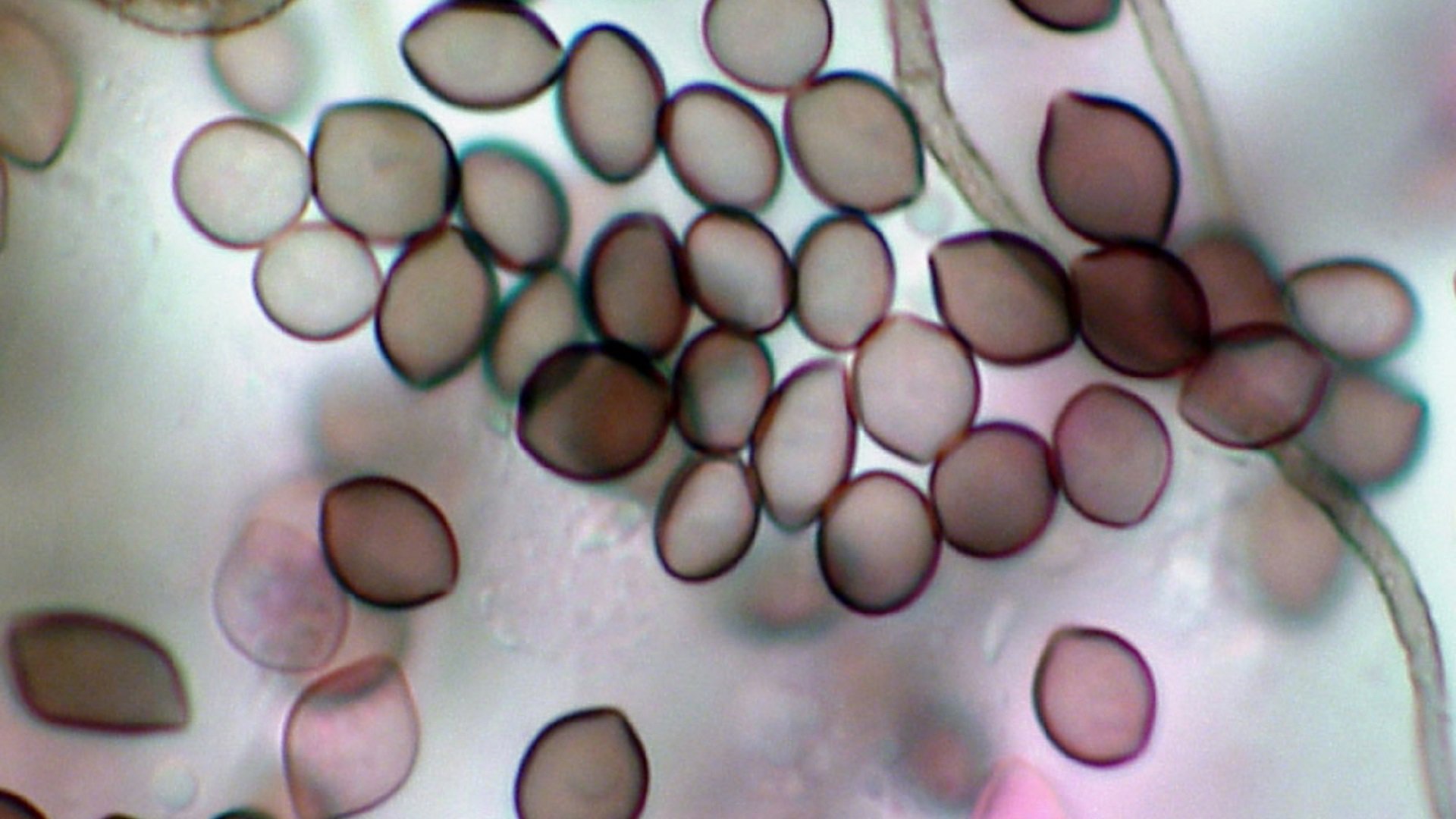In the fall, it is important that all leaf litter and dead wood is cleaned up and recycled. One of the most active microbes in this season is the fungus Chaetomium globosum. Besides being indispensable in the natural cycle, this fungus is full of useful substances that can be used as medicine or in agriculture.
In the fall, it is important that all leaf litter and dead wood is cleaned up and recycled. One of the most active microbes in this season is the fungus Chaetomium globosum. Besides being indispensable in the natural cycle, this fungus is full of useful substances that can be used as medicine or in agriculture.
Plant recycler
Chaetomium globosum is one of the most prevalent fungi in the world. It can be found either on living plants or in the debris of decaying plants. It is of vital importance to nature’s recycling of plant material, since it’s the main force behind so-called soft rot of tough plant fibres, like cellulose. C. globosum releases enzymesfrom its hyphae (microscopic fungal threads) which cut tough plant fibres into smaller sugar molecules which the fungus eats. This way it can decay a variety of wood types such as aspen and pine and even change the colour of paper and books.
Microbial defender
Besides breaking down dead plants, C. globosum also lives together with many different plant species. It is a so-called endophytic fungus, which means it partially lives inside the plant. This collaboration often includes the exchange of vital nutrients and other substances, like sugars and water. Moreover, working together with fungi provides plants with an increased uptake ability, tolerance to stress, drought and salinity, and protection from microbial pathogens.
Research has shown that its colonization of the plant supports the plant’s tolerance to metal toxicity. Heavy metals like copper, suppress the plant’s growth and disrupt key processes, such as photosynthesis. When the fungus was added to the roots of corn plants, they showed less growth inhibition due to metal toxicity, and were even able to increase their biomass. *break* In other plants, like Ginkgo biloba, C. globosum is known to suppress bacterial pathogens and reduce the symptoms of common plant diseases such as wilting, apple scabs, and seed blight. This makes the fungus an interesting microbe for agricultural applications. In the future, adding C. globosum to plants could enhance their stress tolerance, and provide them with a ‘microbial defender’ against common pathogens.
Therapeutic substances
Endophytic fungi are therefore considered prolific producers of natural metabolites. In this area, C. globosum has been extensively studied, and the fungus appears to produce many useful substances. These metabolites are believed to have antitumor, cytotoxic, antifungal and antibiotic activities. Researchers even found a possible therapeutic effect on rheumatoid arthritis. Experimentally induced rheumatoid arthritis in rats showed that the extract had a highly anti-inflammatory effect.

